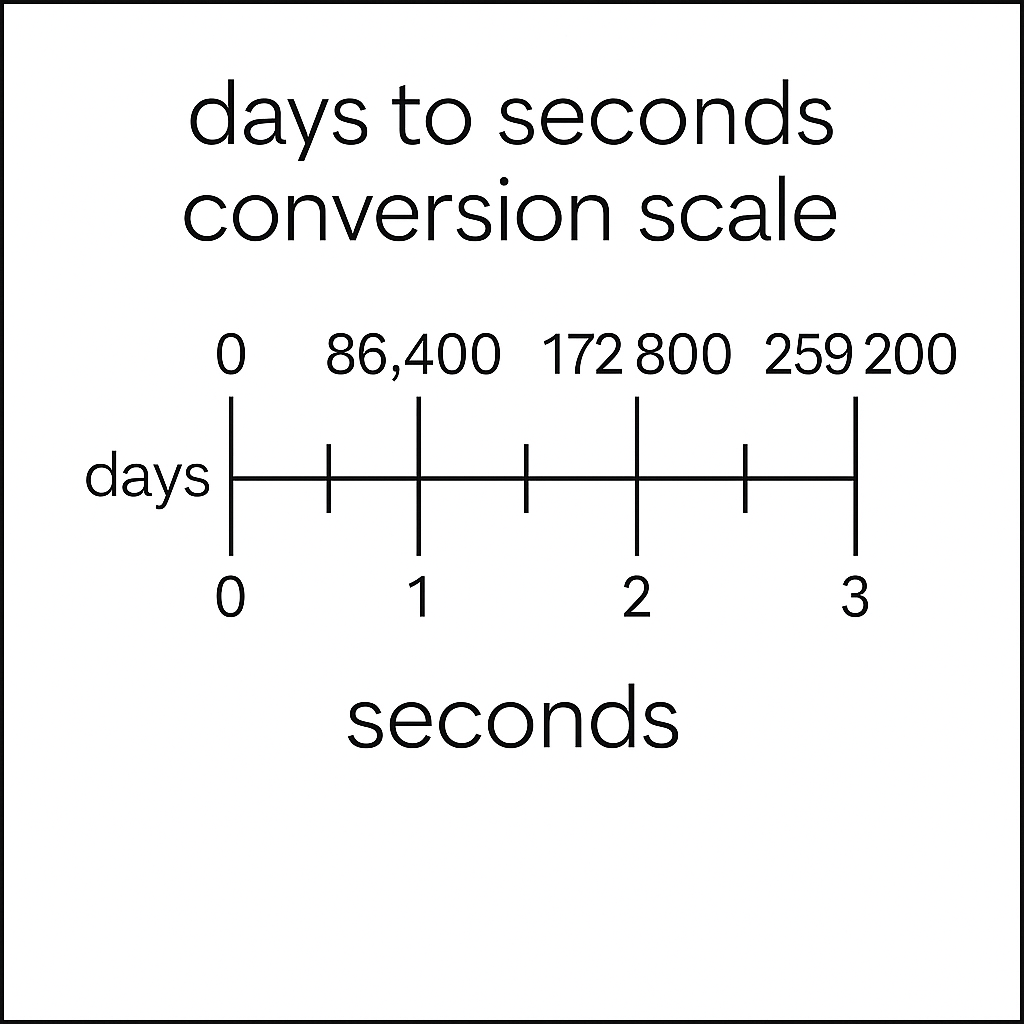2.5 days to seconds This breakdown makes scheduling, organizing, and managing time across projects and activities more seamless and efficient.
Days to Seconds
2.5 days to seconds
Understanding how to convert 2.5 days to seconds is essential for effective time management. Whether you’re organizing a project timeline, tracking your productivity, or simply curious, this guide helps you understand it better.
Why Use This Converter?
Our days to seconds converter offers the following advantages:
– Fast and precise results
– Avoid manual calculations
– Great for educational, fitness, and scheduling use
– Mobile friendly and easy to access
Conversion Formula
The basic formula is:
Seconds = Days × 86,400
For example:
– 1 day = 86,400 seconds
– 2 days = 172,800 seconds
– 7 days = 604,800 seconds
– 30 days = 2,592,000 seconds

Understanding Days and Seconds
A day has 24 hours, each hour has 60 minutes, and each minute has 60 seconds—so 24 × 60 × 60 = 86,400 seconds in a day. A second is the standard unit of time in the International System of Units (SI). To learn more, visit Wikipedia: Day and Wikipedia: Second.
Common Day-to-Second Conversions
| Days | Seconds |
|---|---|
| 1 | 86,400 |
| 7 | 604,800 |
| 14 | 1,209,600 |
| 30 | 2,592,000 |
Practical Applications
– Project planning and scheduling
– Time tracking for tasks
– Scientific calculations and data logging
– Fitness and training programs
Final Thoughts: 2.5 days to seconds
Converting 2.5 days to seconds improves your ability to measure and manage time more accurately. It’s perfect for various personal and professional uses, saving time and reducing manual effort.
Explore More on ConvertMaster
- Weight: Pounds to Kilograms, Grams to Ounces
- Length: Feet to Miles, Inches to Feet
- Volume: Gallons to Liters, Cups to Liters
- Temperature: Fahrenheit to Celsius
- Time: Minutes to Days
- Area: Acres to Hectares
- Cooking: Tablespoons to Teaspoons, Quarts to Pints
- Other: Centimeters to Millimeters, Meters to Kilometers, Radians to Degrees
By converting days into seconds, you gain better control over timing in areas like scientific experiments, technical calibrations, or just daily planning.
